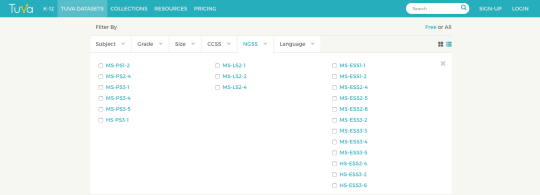From the CCSS Standards of Mathematical Practice – Modeling with Mathematics practice:
“Mathematically proficient students can apply the mathematics they know to solve problems arising in everyday life, society, and the workplace. In early grades, this might be as simple as writing an addition equation to describe a situation. In middle grades, a student might apply proportional reasoning to plan a school event or analyze a problem in the community. By high school, a student might use geometry to solve a design problem or use a function to describe how one quantity of interest depends on another.”
From the High School Common Core Standards on Modeling:
“Modeling links classroom mathematics and statistics to everyday life, work, and decision-making. Modeling is the process of choosing and using appropriate mathematics and statistics to analyze empirical situations, to understand them better, and to improve decisions.”
From Science and Engineering Practice in the NGSS – Developing and Using Models practice:
“Models include diagrams, physical replicas, mathematical representations, analogies, and computer
simulations. Although models do not correspond exactly to the real world, they bring certain features into
focus while obscuring others. All models contain approximations and assumptions that limit the range of
validity and predictive power, so it is important for students to recognize their limitations.”
Building on our Signs of Change content initiative that brings history and mathematics together for students, we are excited to announce the Model Shop, our next math and science content initiative dedicated to an incredibly important concept – Modeling.
The Model Shop contains Tuva datasets and activities that enable your students to build a strong foundation about Modeling. Students get an opportunity to use elementary, linear functions to make mathematical models of real data.
Through our activities and lessons, students will get an opportunity to answer the following questions – What is a mathematical model? How is a mathematical model developed? How does the mathematical model represent our reality, and what is the meaning behind the curve and the parameters?
We are starting the Model Shop initiative with linear models, giving students an opportunity to create a model for data related to a pencil sharpener, book pages and thickness, Chinese trains, Hooke’s law, and others. Over time, we will continue to add datasets and activities beyond just linear models, including logarithmic, quadratic, exponential, and others.
All the Tuva Datasets and Activities in the Model Shop are fully accessible only to Tuva Premium customers. Learn more about Tuva Premium here or get in touch with us directly.

